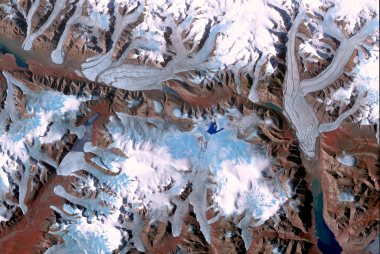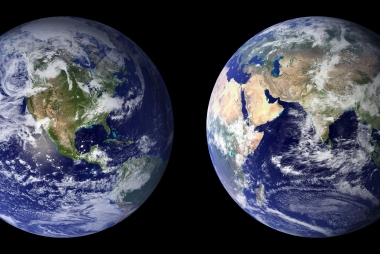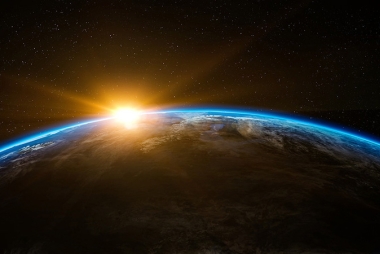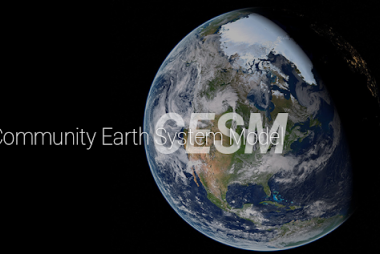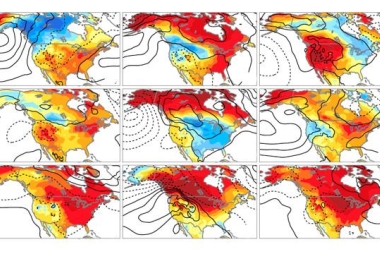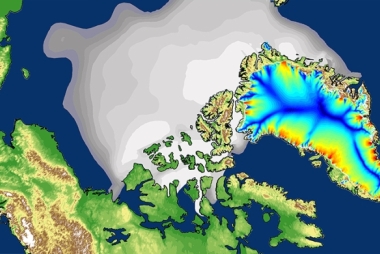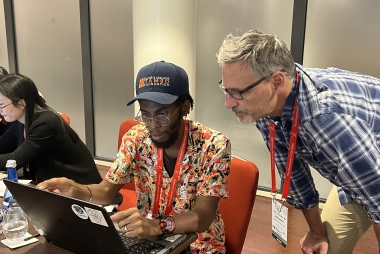New Quantitative Constraints on Orographic Gravity Wave Stress and Drag
By Chris Kruse
Orographic gravity waves (OGWs), or atmospheric internal gravity waves, transport significant energy and momentum from the surface to the turbopause (z ~ 100 km). The scales of OGWs nearly span the entire spectrum of mesoscales (~10 km to ~1000 km). While weather and climate models can resolve a portion of the OGW spectrum, scales smaller than ~50 km can transport approximately half the total momentum fluxed and all current weather and climate models parameterize the momentum flux and drag by the under- and un-resolved portion of the OGW spectrum.

Shown here is a quick highlight of an ongoing project titled "New Quantitative Constraints on Orographic Gravity Wave Stress and Drag"supported by the International Space Science Institute in Bern, Switzerland. The figure shows a comparison of satelite-borne Atmospheric InfraRed Sounder (AIRS) observed (a) z ~ 40 km OGW brightness temperature perturbations with those that would be seen if AIRS were viewing atmospheres modeled by four high-resolution state-of-the-science weather models (DWD's ICON, dx ~ 13 km; ECMWF's IFS, dx ~ 9 km; UK Met Office's UM, dx ~ 3 km; NCAR's WRF, dx ~ 3 km). In order to simulate radiation to the AIRS sensors, all weather models had a top of z ~ 80 km. Despite numerous differences between the models (e.g. numerics, physics, global vs limited-area, terrain specification methods) and the fact that the waves shown here had propagated from the surface up to z ~ 40 km, the comparison between the observed and modeled OGWs is remarkable! These observations and model data allow OGW drag parameterizations and models to be rigorously evaluated and improved at nearly all levels where OGW drag is important.
